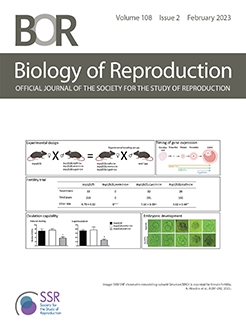Although recent research has addressed the impact of cryopreservation on the stallion sperm proteome, studies addressing the stallion sperm phosphoproteome are lacking. In the present study, the data set of proteomes of fresh and cryopreserved spermatozoa were reanalyzed, showing that cryopreservation caused significant changes in the phosphoproteome. The phosphoproteins reduced most significantly by cryopreservation were Ca2+ binding tyrosine phosphorylation regulated, protein kinase cAMP-activated catalytic subunit beta (CABYR), mitochondria eating protein (SPATA18), A kinase anchoring protein 4 (AKAP4), A-kinase anchoring protein 3 (AKAP3) and the Family with sequence similarity 71 member B (FAM71B). These proteins belong to the gene ontology (GO) terms sperm fibrous sheath (GO: 0035686), and sperm principal piece (GO: 0097228). The regulatory interactions between kinases and phosphorylation sites on the proteins that were affected most were also investigated, and the potential kinases (based on human orthologs) involved in the regulation of these phosphoproteins identified were: PKCß for SPATA18 and GSK3ß for CABYR. Kinase inhibition assays were also conducted showing that kinases phosphorylating the above-mentioned proteins play an important role in their activity and thus, phosphorylation controls the activity of these proteins and their role in the regulation of the functionality and viability of stallion spermatozoa. In conclusion, the data reported here contribute to the understanding of the fact that the dephosphorylation of certain proteins is a molecular lesion induced by cryopreservation in the stallion spermatozoa.
Graphical Abstract






